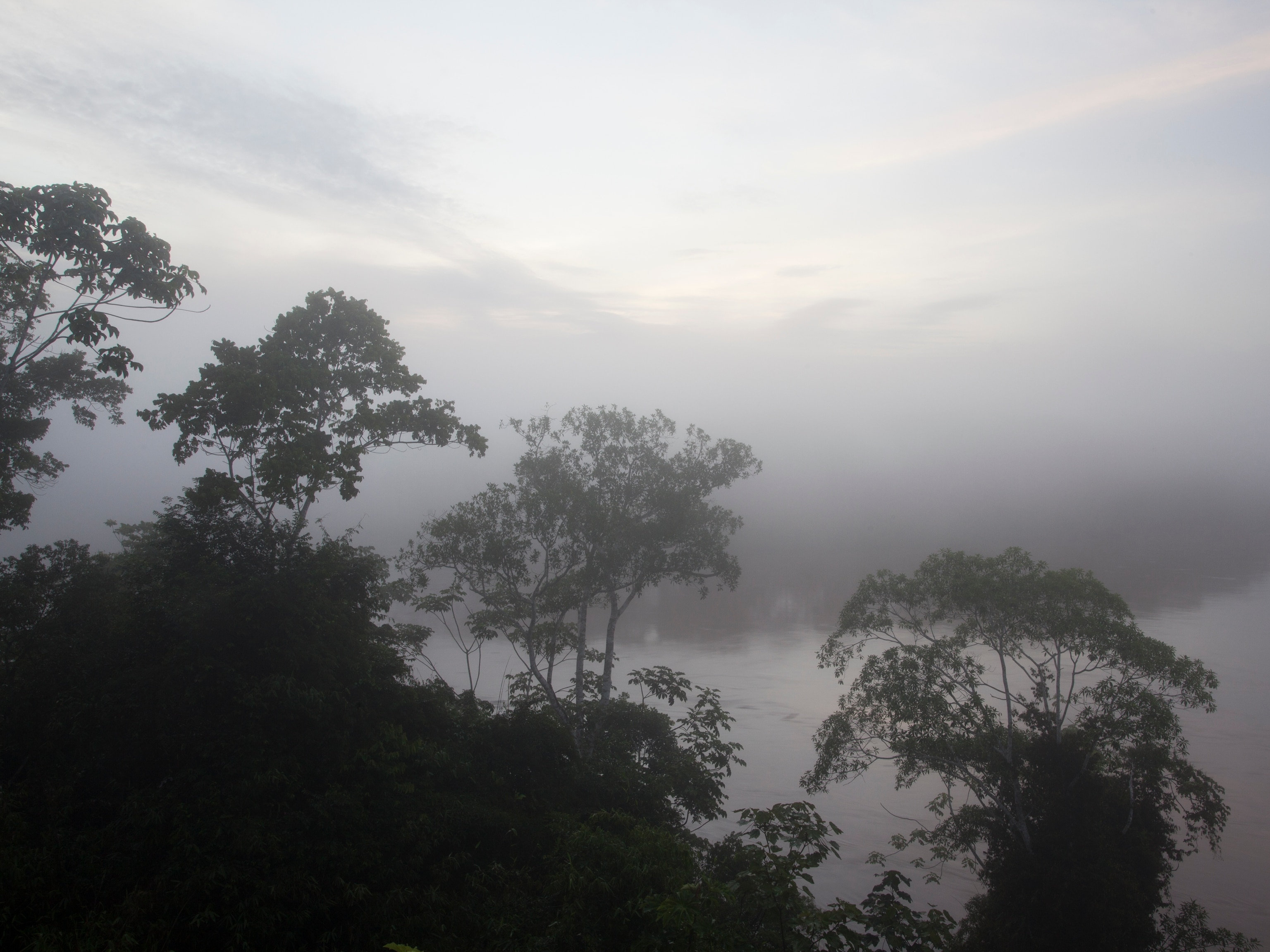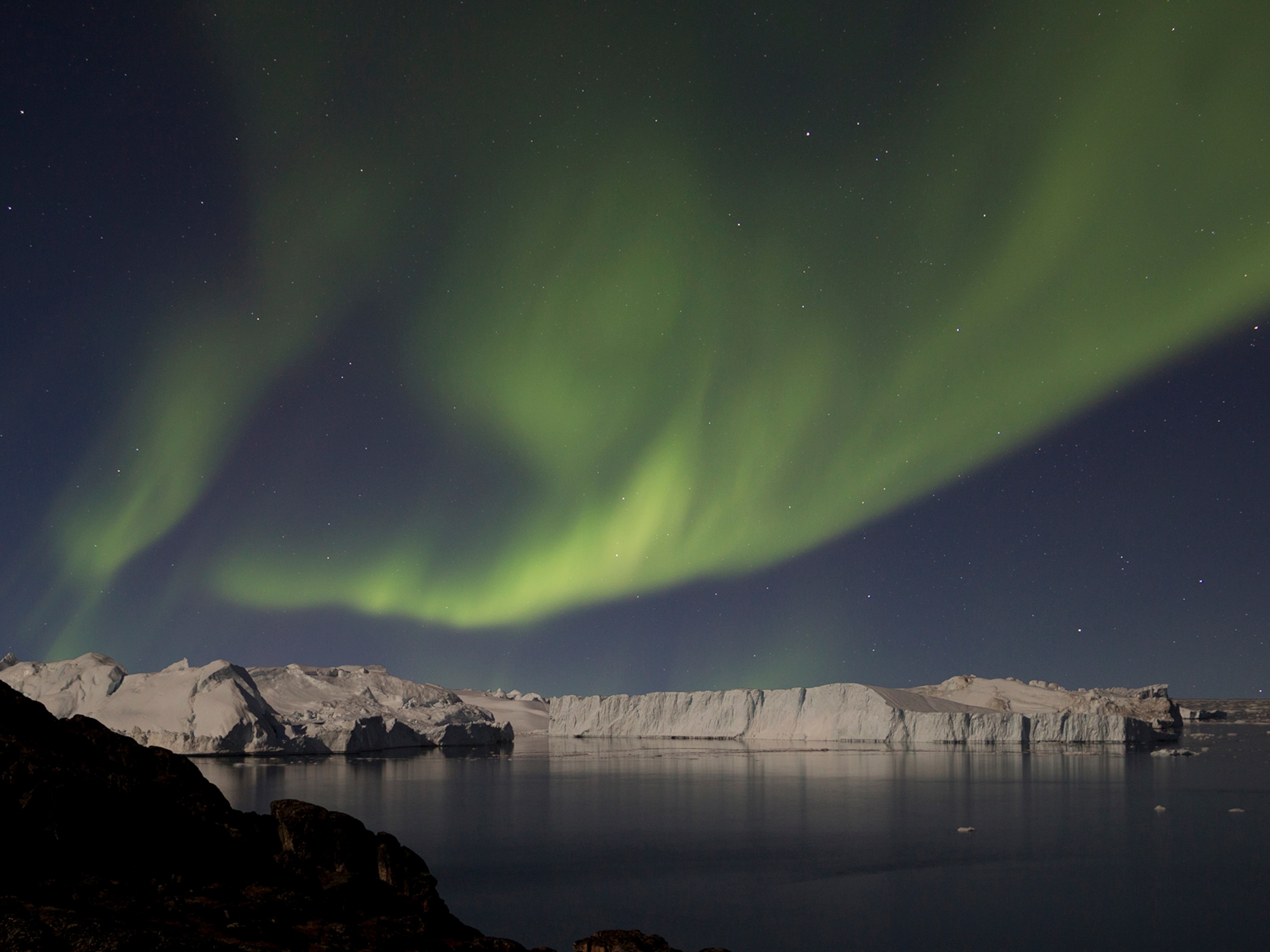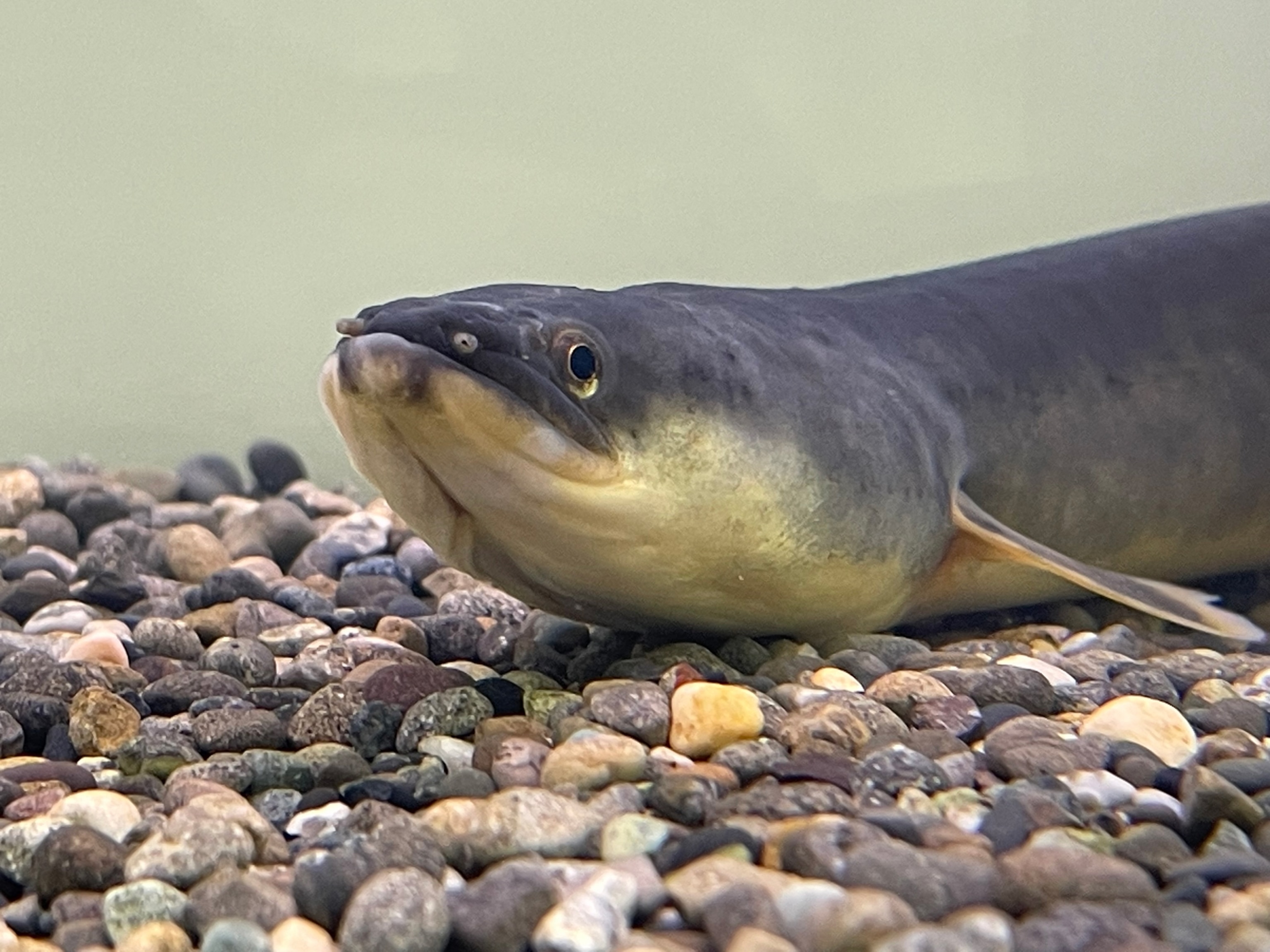
Tiny Gold Monkeys and Pumas Are Getting Their Own Highway
Conservationists say a new wildlife corridor will help save what's left of a Brazilian forest fractured by development.
Sometimes, animals just need some space—particularly if they're threatened or endangered.
And giving animals space is exactly what a new wildlife corridor in Brazil's Atlantic Forest hopes to do.
“It's healing a tear in the forest in the place with the greatest number of threatened species,” says Stuart Pimm. Pimm has a long roster of conservation credentials: he's the chair of conservation at Duke University, president of conservation group SavingSpecies, and a National Geographic explorer.
A new land bridge will soon allow species to move out of the now-isolated Reserva Biológica União just 93 miles northeast of Rio de Janeiro. It's some of the only intact remnants of the Atlantic forest, an area once twice the size of Texas that hugs Brazil's coastline. Today, more than 85 percent of it has been destroyed.
The reserve is home to endangered and threatened species, and it's a critical habitat for the golden lion tamarin, a small monkey almost pushed to extinction.
Through captive breeding and reintroduction programs, conservationists have been able to slowly regrow the tamarin population, but, “if you're going to save a species from extinction, you have to have somewhere to put it,” he adds.
Somewhere to Put It
For the past 10 years, Pimm and his team have been negotiating the Brazilian land deal. They first had to convince a Brazilian road-building company to let them build a bridge over a major highway. Then, they needed that bridge to lead to something.
“If it had been just a bridge, it would've been a bridge to nowhere,” he says.

After the bridge was secured, they had to wait for ranch owners just north of the reserve to sell their property. Once it went on the market, they promptly bought it. Now they plan to reforest the region with its native flora. (Learn more about rain forests.)
The deal was announced Monday after negotiations between the various stakeholders were finalized. Brazil's Golden Lion Tamarin Association and U.S.-based SavingSpecies spearheaded the project with a grant from DOB Ecology in the Netherlands.
The project cost upwards of several million (exactly how much couldn't be disclosed), but the supporting conservation groups still see this as a relatively low-cost way to ensure species don't go extinct and crucial habitats stay healthy.
Why Corridors?
Wildlife corridors were once a controversial conservation practice by those who alleged they expose animals to pollutants and car strikes. But in the past two decades, they've become more mainstream. In 2006, a study published data showing that regions connected by these corridors saw more abundant and diverse species.
When nature reserves are isolated, the species within them are cut off from other members of their population. Over time, this can lead to inbreeding, lower genetic diversity, and eventually extinction.
In Brazil, forests have been decimated from a host of issues like logging, agriculture, and cattle grazing.
While Pimm says the Brazilian corridor project is one of his organization's most ambitious yet, they're not finished pushing for other corridors like it around the world.
They use a software accessible on biodiversitymapping.org to see what regions, as Pimm puts it, “we get the most bang for our buck.”





